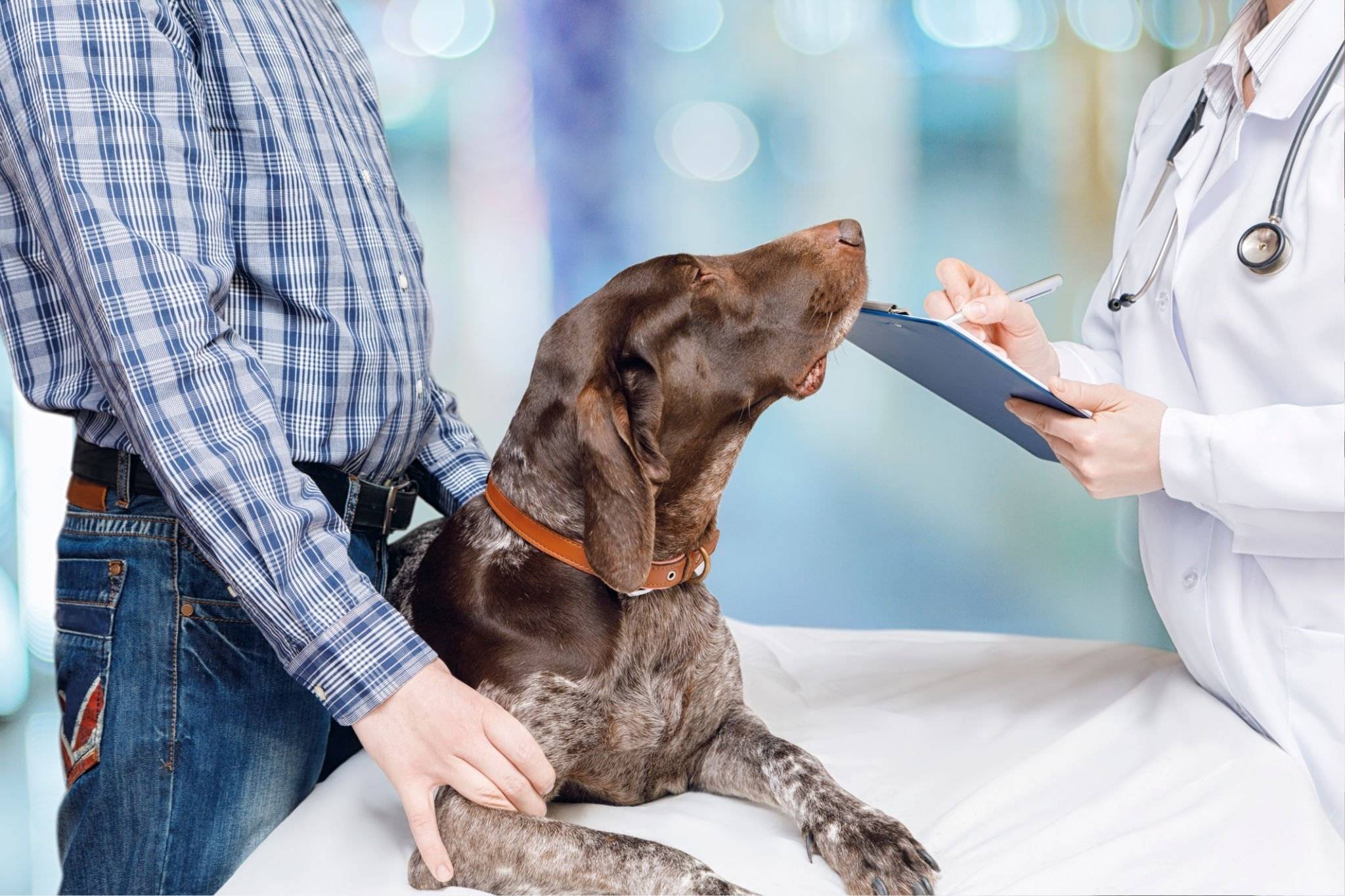
What is Poodle Lyme Disease?
Poodle Lyme disease is a tick-borne illness caused by the bacterium Borrelia Burgdorferi. This disease is characterized by joint inflammation and lameness, which can be very painful for dogs. Poodles that are infected with Lyme disease are more likely to experience kidney damage, and in rare cases, heart problems. Young Poodles are particularly susceptible to Lyme disease, but it can affect dogs of any age.
Symptoms of Poodle Lyme disease can be difficult to detect, but joint swelling and lameness are the most common signs. Other symptoms may include fever, loss of appetite, and lethargy. If you suspect that your Poodle may have Lyme disease, it is important to take them to a veterinarian for diagnosis and treatment.
Treatment for Poodle Lyme disease typically involves antibiotics and anti-inflammatory medications. In some cases, hospitalization may be necessary to manage severe symptoms. Feeding your Poodle a healthy, balanced diet can also help support their immune system and aid in their recovery from Lyme disease.
Continue reading Poodle Lyme Disease: Symptoms and Prevention





